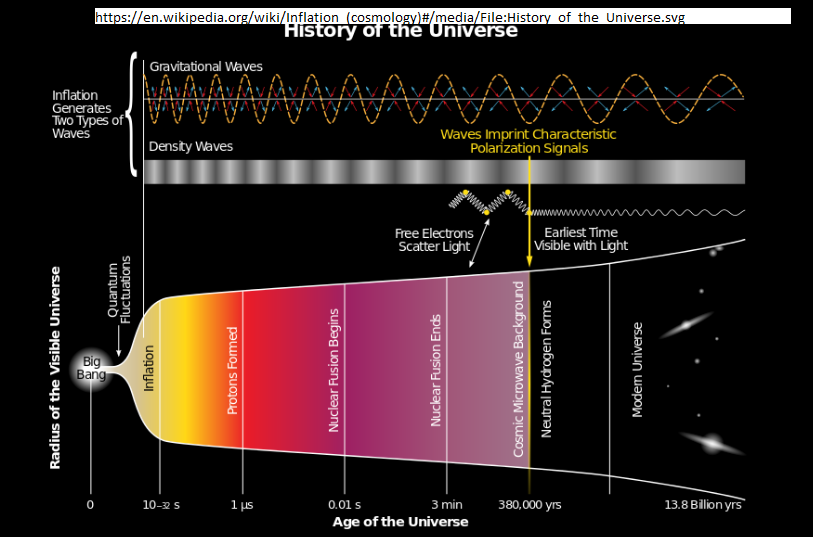This radiation (CMBR) is said to have its origin at the surface of last scattering that exposed itself when the big bang universe had expanded for less than a million years.
In order to see radiation from a source, one has to be on its future light cone. In a universe that is flat and open, which our Universe is asserted to be at the large scale, we are not on the future light cone of this radiation, but almost maximally remote from it. One can also say that the surface of last scattering is not on our own past light cone.
How is this visibility to be understood within standard big bang cosmology? (This question is different from an earlier one with the same wording.)

